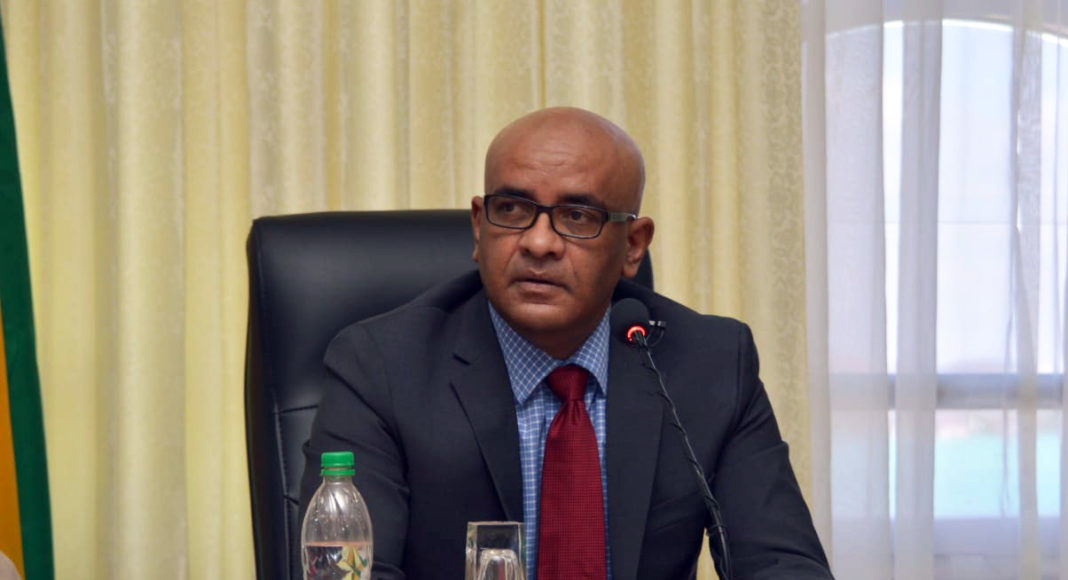In 2009, Guyana and Norway signed a ground-breaking agreement which led to the creation of the world’s second largest national-level Reducing Emissions from Deforestation and Forest Degradation (REDD+) scheme. The partnership is one that led to Guyana collecting over US$240 million up to 2015 based on the nation’s efforts to ensure its lush tropical forests remain part of the earth’s lungs.
With that project coming to a conclusion, the Government of Guyana recently disclosed that it is seeking to re-engage Norway to have a new programme that would bring in more income to support initiatives tied to its Low Carbon Development Strategy (LCDS). The strategy is one that outlines new the administration’s vision to promote economic development, while at the same time addressing climate change.
Making this disclosure to re-engage Norway was Guyana’s Vice President, Dr. Bharrat Jagdeo. He said, “The climate change issue is becoming an important part of development planning. (In this vein), we have written to Norway and we got a reply. We are looking to reengage with them on having a review of the last programme and re-negotiate a new one that will bring more funding for the country and for initiatives…”
At the same time, the Vice President said the government will be redoubling its efforts at the administrative level to respond to climate change. In this regard, he disclosed that it intends to create a Department of Energy and Climate Change.
The Vice President was keen to note that the new department is necessary since there has been a great deal of confusion regarding the direction the country needs to take as well as what plans or strategies should be used to guide the way forward.
Expounding further, the official said, “A lot of people have been working on projects almost in silos without any order and regard for outcome. Also, there has not been a clearly defined goal as to what we want to achieve as well.” The Vice President reminded that there is a Green State Development Strategy which was created by the former government to serve as a set of guiding principles that would lead Guyana to a low carbon driven economy.
The Vice President noted however that the strategy was loosely defined and without any project to give effect to it. In light of the weaknesses of the said document, the Vice President noted that the government has made the decision to let Guyana’s climate change goals be led by its Low Carbon Development Strategy (LCDS).
He noted that President Irfaan Ali would have made it clear that the LCDS has to be upscaled in terms of its strategic outcome which is to find a pathway to prosperity and development that is non-polluting. The Vice President noted nonetheless that this must not compromise the people’s ability to prosper with the use of its oil resources.



